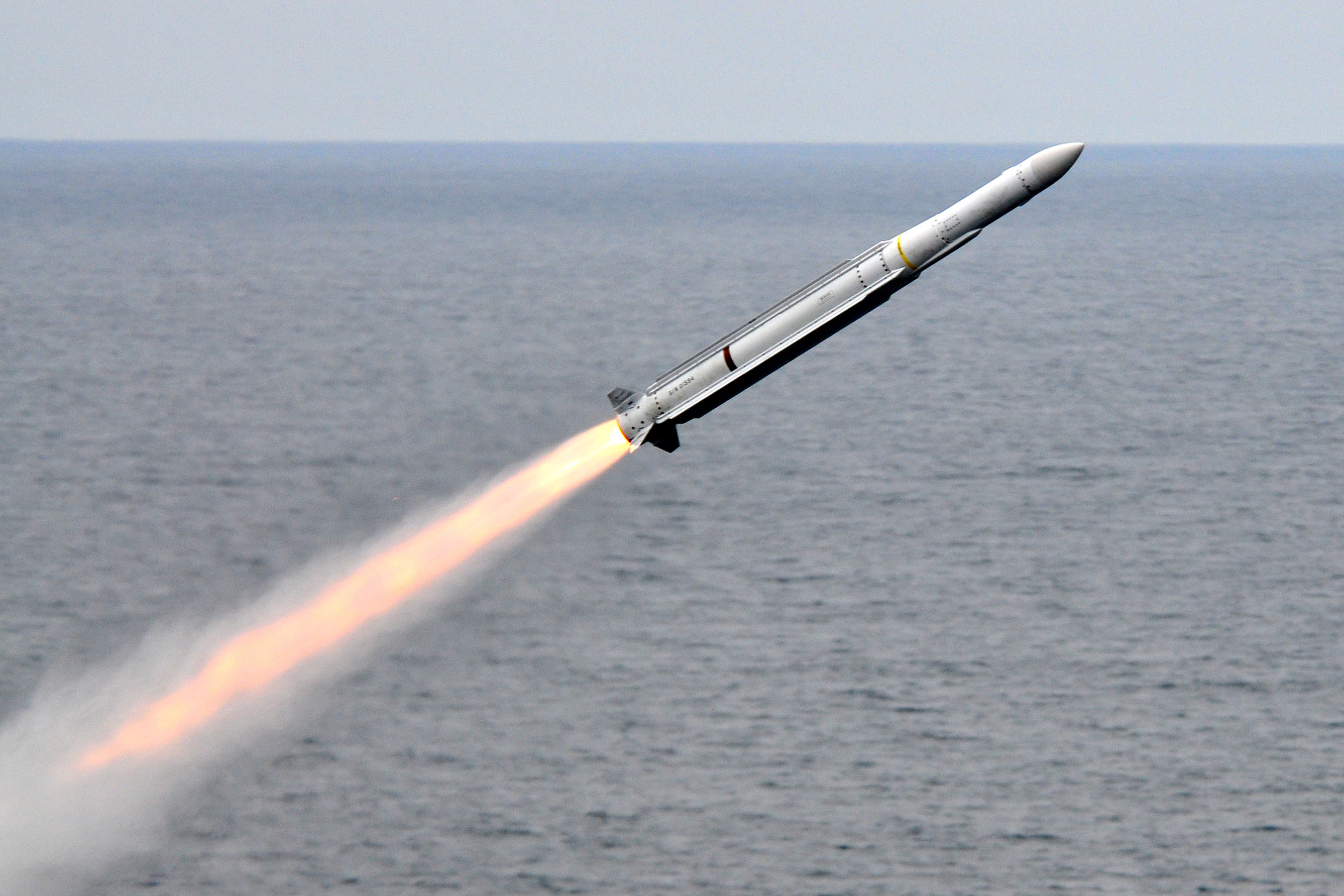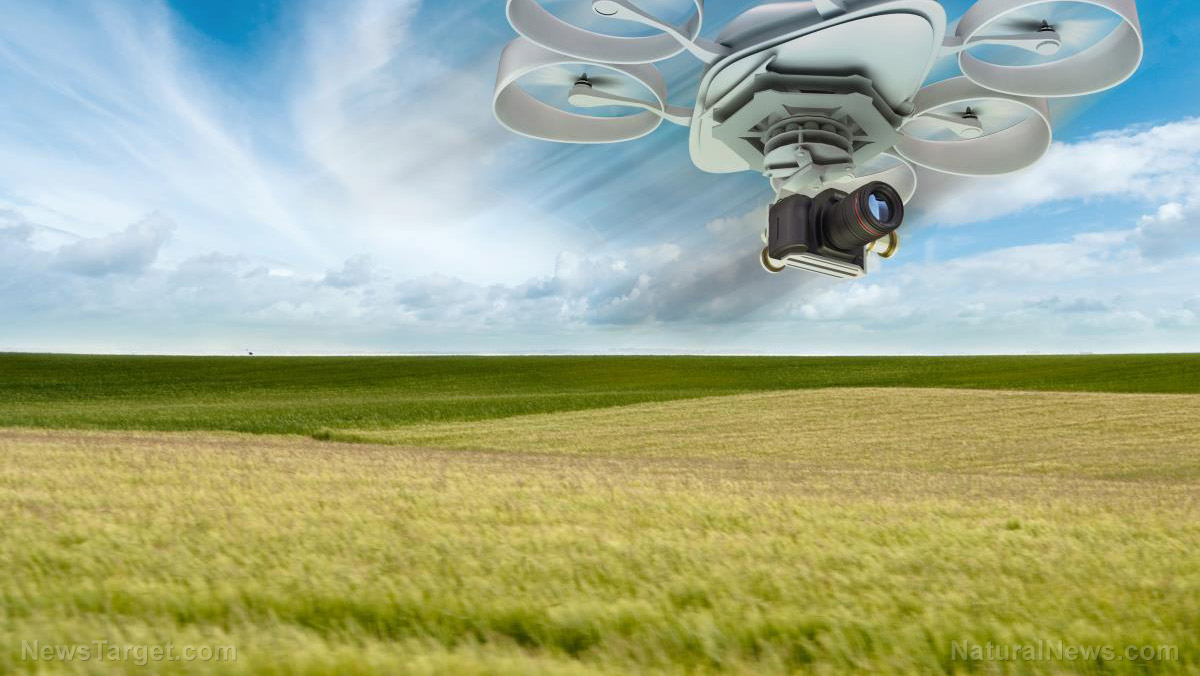FedEx seeking FAA approval to add anti-missile lasers to its aircraft
01/19/2022 / By Cassie B.

Global shipping company FedEx has asked federal regulators to allow them to install countermeasures on an upcoming fleet of cargo jets that can thwart missile attacks.
This is according to a notice that was published in the Federal Register. FedEx cited several recent incidents abroad that involved civilian aircraft being fired upon by Man-Portable Air Defense Systems, or MANPADS. They expressed a desire to install a missile defense system that is capable of directing infrared laser energy toward incoming heat-seeking missiles to interrupt their ability to track the aircraft’s heat. The system would work automatically without pilot input.
Specifically, they wish to install the system on Airbus A321-200 planes, which do not form part of their fleet of 650-plus aircraft at the moment. The model is a twin-engine transportation jet that offers seating for 220 passengers. FedEx first applied for a laser system in October 2019, but it was not publicly known until the FAA said in a filing last week that they are reviewing their request.
The FAA is reportedly open to approving it, but they have proposed special conditions that include failsafes that can prevent activation on the ground and avoid causing harm to people or aircraft. For example, because infrared lasers do not produce visible light, there is no warning to those on the ground or near the aircraft that they are in use, raising the possibility of vision damage.
Infrared lasers may also cause other types of equipment to malfunction. The FAA said that any approval would need to include “means that prevent the inadvertent activation of the system on the ground, including during airplane maintenance and ground handling,” because laser accidents “can result in eye and skin damage.”
The lasers are not considered powerful enough to destroy a missile, but they are capable of blinding the heat-seeking systems that enable these weapons to track planes accurately, effectively killing the missile’s guidance system and eliminating the danger to the plane and its crew and cargo.
Aviation regulators are hearing 45 days of public comment before approving the measure.
High-profile missile attacks
American commercial aircraft have been carrying anti-missile systems since 2008. In recent years, there have been two high-profile missile attacks on planes that killed hundreds of people. The first involved a Ukraine International Airlines flight from Tehran to Kiev that was shot down not long after takeoff in a case of mistaken identity; the Iranian Islamic Revolutionary Guards Corp apparently mistook the plane for a cruise missile.
In another incident, a Malaysia Airlines passenger flight en route from Amsterdam to Kuala Lumpur was shot down over eastern Ukraine in 2014 in what was ultimately found to be a botched operation carried out by Russian-backed separatists.
FedEx’s plans are unusual for a courier company, but it is worth noting that cargo planes have also been targets of such attacks, with a 2003 incident involving a DHL cargo jet being hit by a missile following takeoff in Baghdad. On that occasion, the plane’s crew was able to land safely.
When it comes to airliners being brought down by MANPADS, one 1975 incident brought down an Air Vietnam passenger airliner, killing 26. MANPADS have hit more than 60 civilian aircraft since then, killing more than 1,000 civilians.
It is not known what FedEx’s specific plans are with the system, with speculation that it could be anything from a one-off experiment to test the technology on one plane to gauge its suitability for applying to their entire fleet to purchasing some A321 planes to form a civil reserve aircraft fleet the military can employ in hostile territories. FedEx could also use the system when flying over potentially dangerous contested regions.
Terrorist groups like Al Qaeda, Hezbollah and ISIS are all believed to possess MANPADS, which are relatively cheap and can fit easily into the trunk of a car.
Sources for this article include:
Tagged Under: anti-missile systems, cargo planes, Fedex, future tech, lasers, MANPADs, military tech, missile attacks, missiles, self-defense, terrorism, weapons, weapons technology
RECENT NEWS & ARTICLES
COPYRIGHT © 2017 WEAPONSTECHNOLOGY.NEWS




















